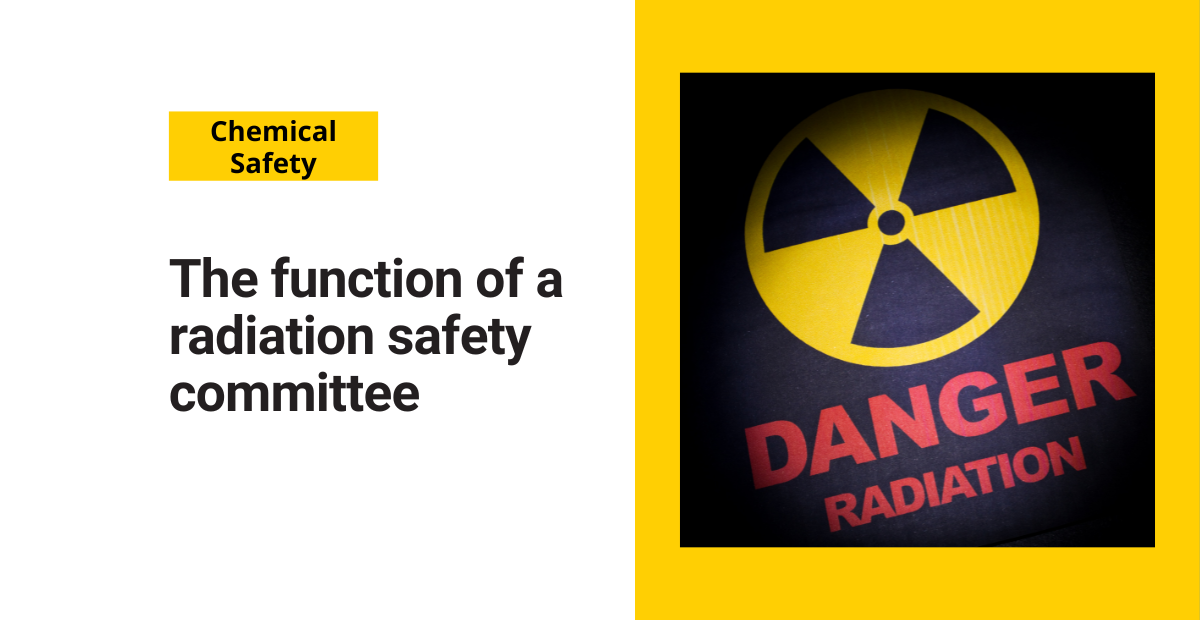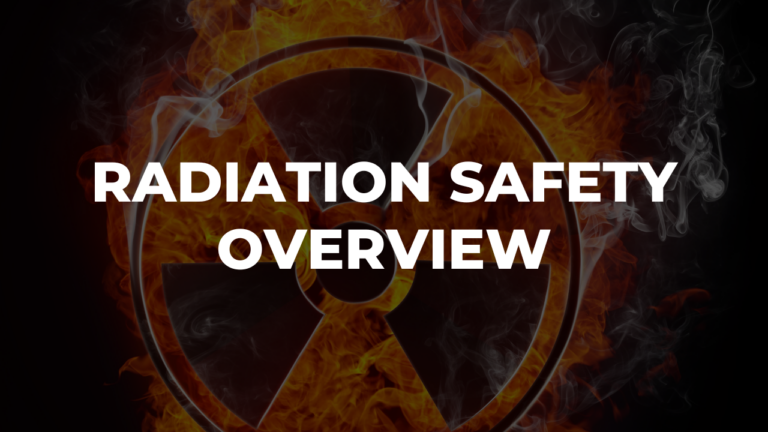The purpose of a radiation safety committee (RSC) is to oversee a site’s approach to addressing and reducing radiation risks in the workplace. This is a proactive EHS management strategy designed to tackle issues before they cause incidents.
If your facility poses radiation risks to workers, a designated committee to address those risks is something you should seriously consider.
What does the committee do?
While a radiation safety committee performs a variety of tasks, its only function is to manage radiation risks. Here are a few examples of activities that the committee members might perform:
- Perform risk assessments.
- Analyze radiation hazards around the facility.
- Provide recommendations for reducing radiation hazards.
- Implement process improvements.
- Assess site safety protocols.
- Establish radiation safety best practices for the site.
Essentially, the RSC should be the point of contact for any issues relating to the site’s radiation protocols and control measures.
What are the different roles within an RSC?
Like other kinds of committees, an RSC includes a variety of roles that members can take. Here are some examples of those roles:
Committee Chair: This is the leader of the committee whose main job is run meetings and oversee more of the administrative side of the team’s operations.
Safety Officer: The safety officer is responsible mostly for the implementation of committee initiatives around the facility.
Committee Liaison: This person is responsible for inter-departmental communication of the RSC’s initiatives and activities. They may also handle a majority of the communication with upper management.
You may also want to designate someone to interface with the frontline employees. Relationship building is essential for the committee’s success. Without buy-in from senior leadership and workers, you won’t be able to accomplish much.
What is the best way to run an RSC meeting?
There’s no specific way you have to run your committee meetings. I would recommend starting with a discussion of recent updates (new projects, radiation incidents, etc.).
Then, you can start by discussing some of the projects or issues your team has been working on. The committee chair can spearhead this discussion, making sure that the team stays on task.
Try to meet up every month and make sure you take notes each time. That way, you’ll be able to track action items and be able to review discussion points you might have forgotten about. You may even consider recording committee meetings.




